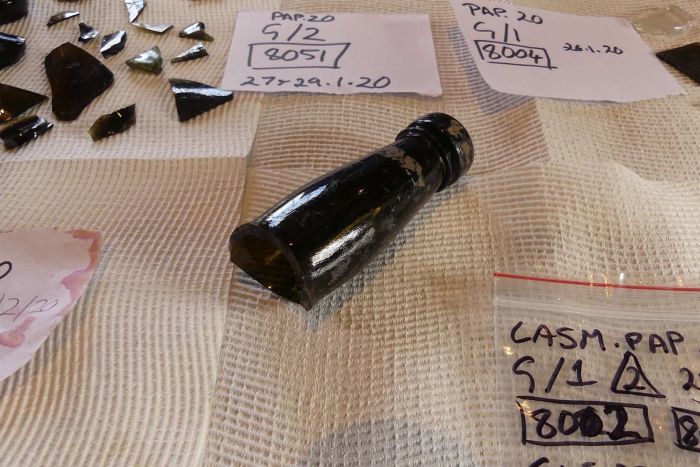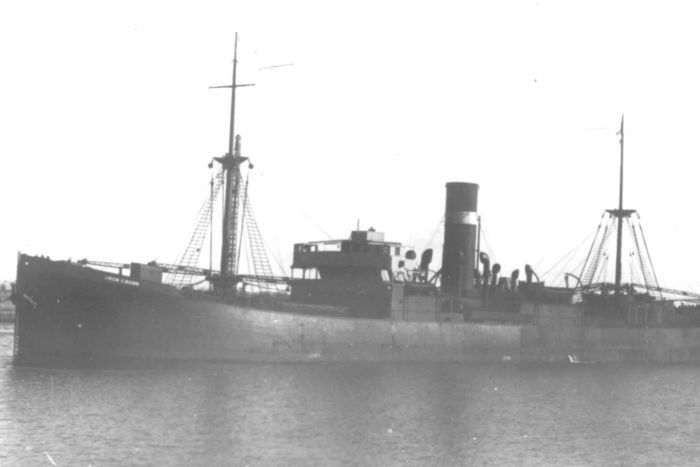Alcohol Bottles Uncovered at Convict Station in Tasmania
In the structural remains of solitary cells of the convicts in Tasmania, archaeologists have unearthed hundreds of convict era artefacts. 160 prisoners took part in the construction of a highway between Hobart and Launceston between 1838 and 1847 at the Picton Road Station in the Southern Midlands.
Archeologists found ceramics, tableware, bottles, bones and tools during an excavation on the site during the summer. Professor Eleanor Casella from the University of Tasmania said they also unearthed solitary cells used to house convicts.
“The solitary cells themselves are brutal,” she said.
“They’re eight foot by four foot [2.4 metres by 1.2 metres]. They’re so small. It wouldn’t have been a comfortable experience.”

The presence of so many alcohol bottles Professor Casella has confirmed it was shocking. “It’s supposed to be heavily regulated in these kinds of punishment stations,” she said.
“We’ve got gin case bottles that have been imported all the way from the Netherlands, plus beer bottles.”
The site on private farmland along the Midlands Highway, near Kempton, was discovered in 2012 when a farmer was doing agricultural work. There have been two archaeological digs at the site, carried out with University of Tasmania students and the Southern Midlands Council.

Archaeologist Angela McGowan said she worked on the excavation of the southern wing of the station, which was the first part built.

“The first and most surprising thing we found was some extra wall footings at the back of the trench, so we found a whole small room that wasn’t on the 1841 plan,” she said.
“We have found a great deal of butchered animal bones, cuts of meat basically.”

Ms McGowan said they also found a drain filled with artefacts.
“We certainly found quite a lot of rubbish, broken bottles, broken china, some bits of iron that had been washed down and washed through the hole in the wall,” she said.
Deborah Baldwin, the collections, exhibitions and data officer at the Southern Midlands Council, said processing the artefacts had given her an idea of what a convict’s diet was like.

“It was pretty heavy on the meat, but because they were working on the road, breaking stones, they did need a reasonable diet,” she said.
“There were lots of sheep jaws, so they were using the heads and lots of long bones, ribs and that sort of thing.”
Ms Baldwin said the ceramics were in good condition.
“The ceramics, because they have been fired, seem to fare fairly well underground,” she said.
“Obviously they get dirty, but the glass can change because it interacts with the salts and moisture in the soil.” Another archaeological dig will be held at the Picton Road Station site in 2021.



